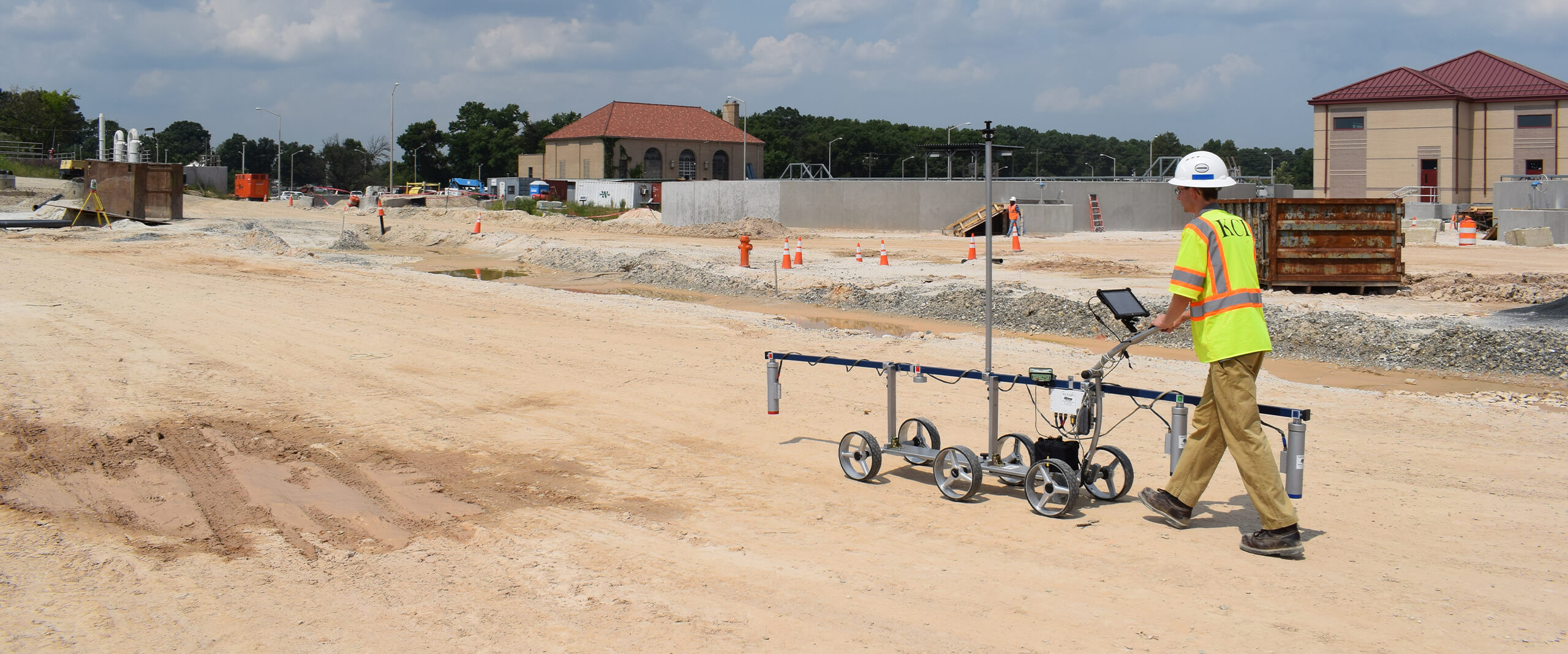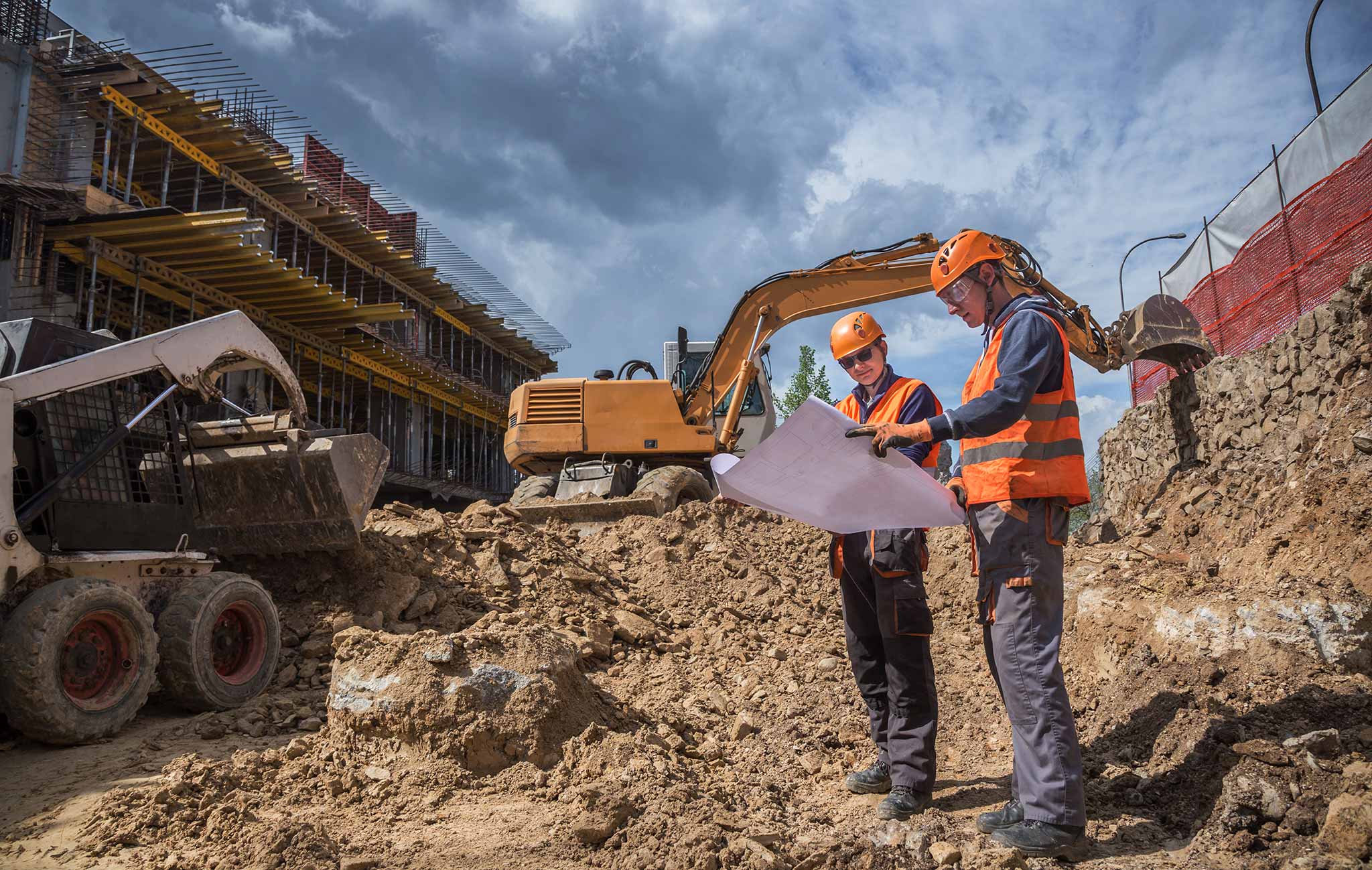What Does an Engineer of Record Do? Comprehending Their Significant Duties
What Does an Engineer of Record Do? Comprehending Their Significant Duties
Blog Article
Recognizing the Necessary Role of the Geotechnical Market in Modern Building Projects and Framework Development
The geotechnical market is a keystone of modern building and construction and facilities advancement, supplying vital understandings into soil actions that straight influence job results. Through innovative dirt analyses and ingenious design options, geotechnical professionals not only ensure architectural stability however also address sustainability problems amid evolving ecological requirements.
Importance of Soil Assessment
Soil evaluation plays a vital function in the geotechnical industry, serving as the structure for informed decision-making in construction tasks. Exact dirt assessment is essential for establishing the suitability of a website for numerous types of structures, consisting of domestic homes, business buildings, and bridges. By evaluating soil composition, toughness, wetness, and thickness web content, designers can prepare for possible challenges and mitigate risks connected with ground instability, disintegration, and settlement.
The evaluation procedure typically entails a series of examinations and monitorings that supply crucial details about the subsurface conditions. This information educates the style and building procedures, ensuring that frameworks are improved strong ground with ample support. Furthermore, comprehending the dirt profile allows engineers to pick suitable building and construction methods and materials, maximizing resource utilization and reducing costs.
In enhancement to guaranteeing architectural honesty, soil assessment adds to environmental sustainability. By identifying possible contamination or unfavorable results on bordering environments, designers can execute strategies to safeguard these all-natural sources. In general, comprehensive soil assessment is vital in the geotechnical field, underpinning the safety and security, performance, and environmental responsibility of construction tasks.
Secret Geotechnical Strategies
A variety of essential geotechnical techniques are used to evaluate and enhance the security and efficiency of building sites. One fundamental technique is dirt tasting and testing, which enables engineers to figure out the chemical and physical homes of the ground. This info is essential for making notified decisions concerning foundation style and building and construction approaches.
An additional important technique is website characterization, which involves the in-depth assessment of soil and rock conditions with methods such as borehole boring and in-situ testing. Techniques like Requirement Infiltration Examinations (SPT) and Cone Penetration Examinations (CPT) provide beneficial information on dirt strength and stratigraphy.
Ground enhancement techniques, such as dirt stablizing and grouting, are additionally vital in improving the load-bearing ability of weak dirts. These methods can reduce settlement and enhance general site conditions.
In addition, slope security analysis is essential for identifying potential landslide dangers and making sure the safety of excavations. This evaluation commonly utilizes numerical modeling and limitation stability methods to forecast soil actions under numerous problems.
Integrating these geotechnical strategies into building and construction planning not just maximizes job results however additionally ensures the lasting sustainability of infrastructure development.
Impact on Building Safety

Moreover, efficient geotechnical design includes implementing mitigation strategies for determined risks. This might include dirt stablizing strategies, preserving frameworks, or drainage systems to minimize hydrostatic pressure. By attending to these factors, construction groups can decrease the chance of mishaps and boost worker safety and security.
In addition, constant tracking of site conditions is critical during construction. Geotechnical tools can offer real-time data concerning ground movement and stability, permitting prompt treatments when required.
Basically, the geotechnical industry plays a crucial role in safeguarding construction tasks. By prioritizing ground honesty and employing extensive assessment methods, the geotechnical sector not only shields the workforce yet likewise adds to the longevity and integrity of created infrastructure.
Sustainability in Geotechnical Practices

In addition, geotechnical engineers are now using sophisticated innovations, such as geosynthetics, which improve dirt security while minimizing the volume of product called for. This not only preserves resources however likewise results in less waste generation (geo tech engineer). The assimilation of sustainable style concepts into geotechnical engineering motivates making use of renewable resource resources in construction processes, additionally reducing carbon exhausts
Additionally, extensive website evaluations are crucial for identifying prospective ecological effects before building starts. By carrying out these assessments, geotechnical experts can create techniques that mitigate adverse impacts, making sure conformity with environmental regulations. Overall, the focus on sustainability within geotechnical practices not only adds to the long life and resilience of infrastructure yet likewise promotes an accountable strategy to land and source management. This dedication is vital for cultivating lasting advancement in the modern building landscape.
Future Trends in Geotechnical Design
Advancement is driving the future of geotechnical design, as emerging approaches and technologies improve the sector. The combination of sophisticated information analytics and expert system is readied to reinvent site investigation and threat analysis, making it possible for engineers to make even more educated choices based upon real-time information. In addition, the usage of geosynthetic materials is obtaining grip, providing lasting solutions that boost dirt security and decrease environmental impact.
An additional significant pattern is the fostering of automated and robot systems for monitoring and construction processes. These modern technologies not just boost accuracy yet additionally improve security by reducing human involvement in dangerous environments. Additionally, the execution of Structure Details Modeling (BIM) in geotechnical style assists in enhanced partnership amongst stakeholders, maximizing task delivery and decreasing expenses.
As climate modification postures brand-new obstacles, the sector is significantly concentrating on durability and versatility in design practices, making certain framework can withstand extreme climate events. Lastly, the ongoing trend toward sustainability will drive development in environmentally friendly products and techniques, aligning geotechnical engineering with broader ecological goals. Jointly, these patterns will certainly shape an extra reliable, lasting, and resilient geotechnical landscape for future projects.
Final Thought

The geotechnical industry is a cornerstone of modern construction and facilities development, supplying crucial insights into dirt behavior that straight affect task outcomes. consulting engineer.Soil evaluation plays a crucial function in the geotechnical industry, offering as the structure for informed decision-making in building tasks. On engineer of record the whole, detailed dirt analysis is important in the geotechnical field, underpinning the safety, effectiveness, and environmental duty of construction projects
Building and construction security is substantially influenced by geotechnical methods, as the security and honesty of the ground directly affect the overall security of a building and construction website.In conclusion, the geotechnical industry is vital in modern building and framework development, supplying critical evaluations that ensure structural stability and safety and security.
Report this page